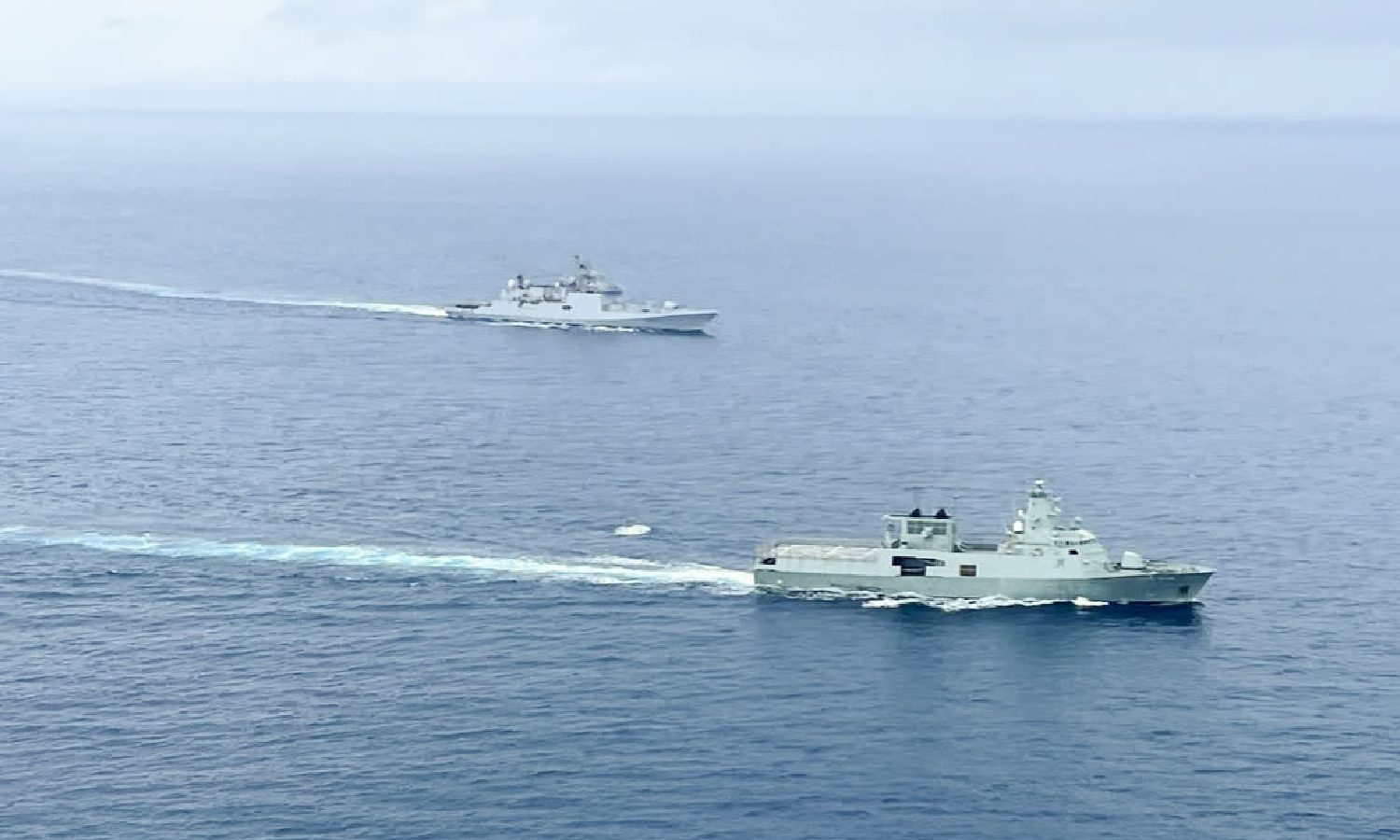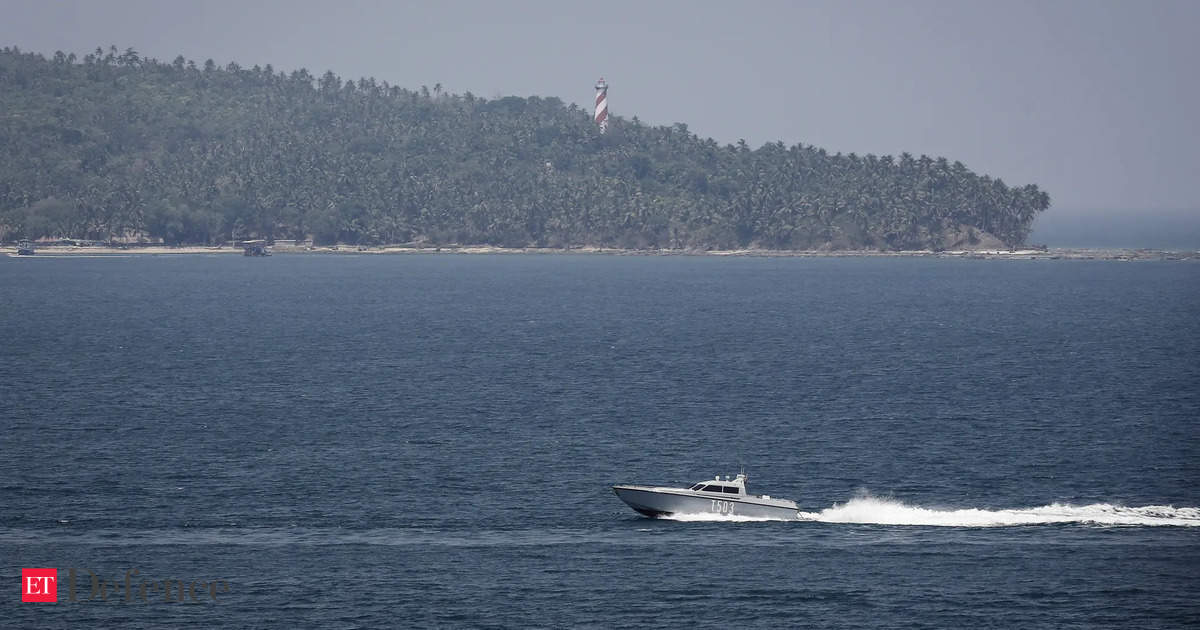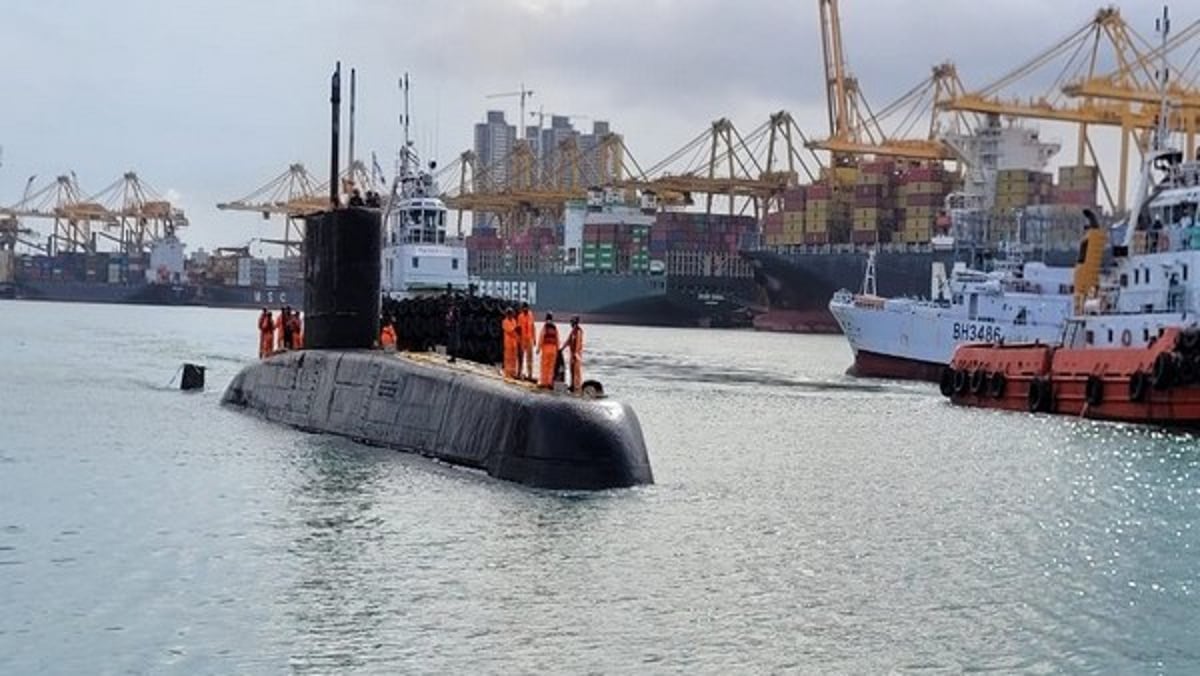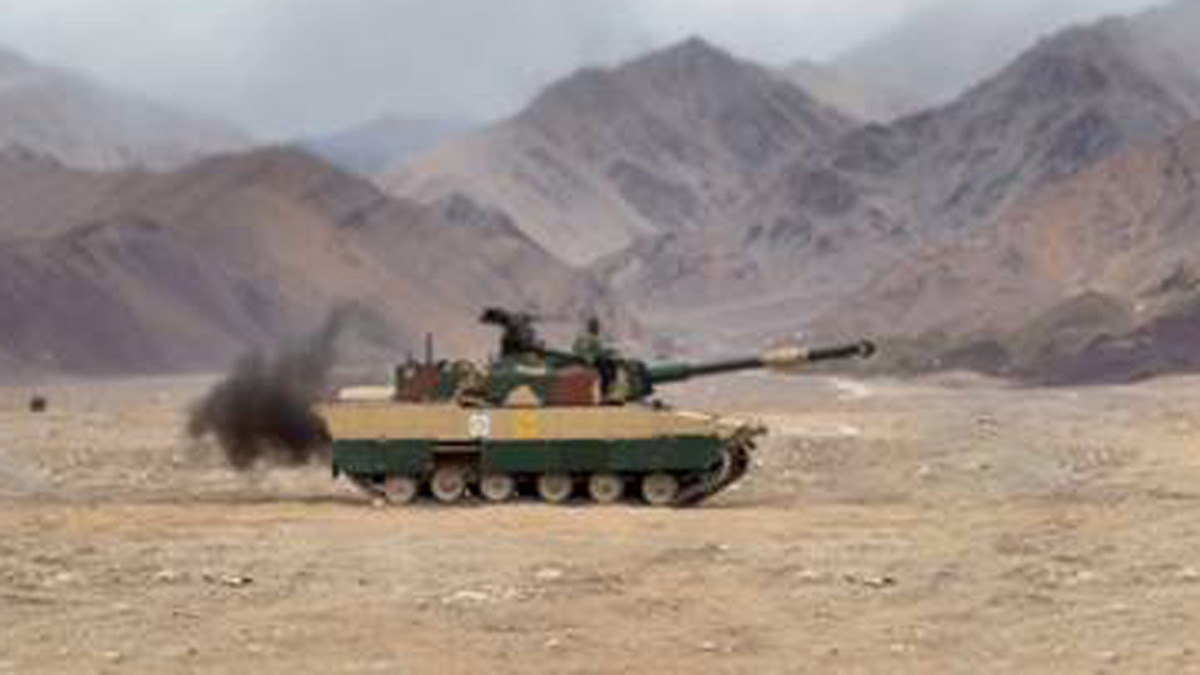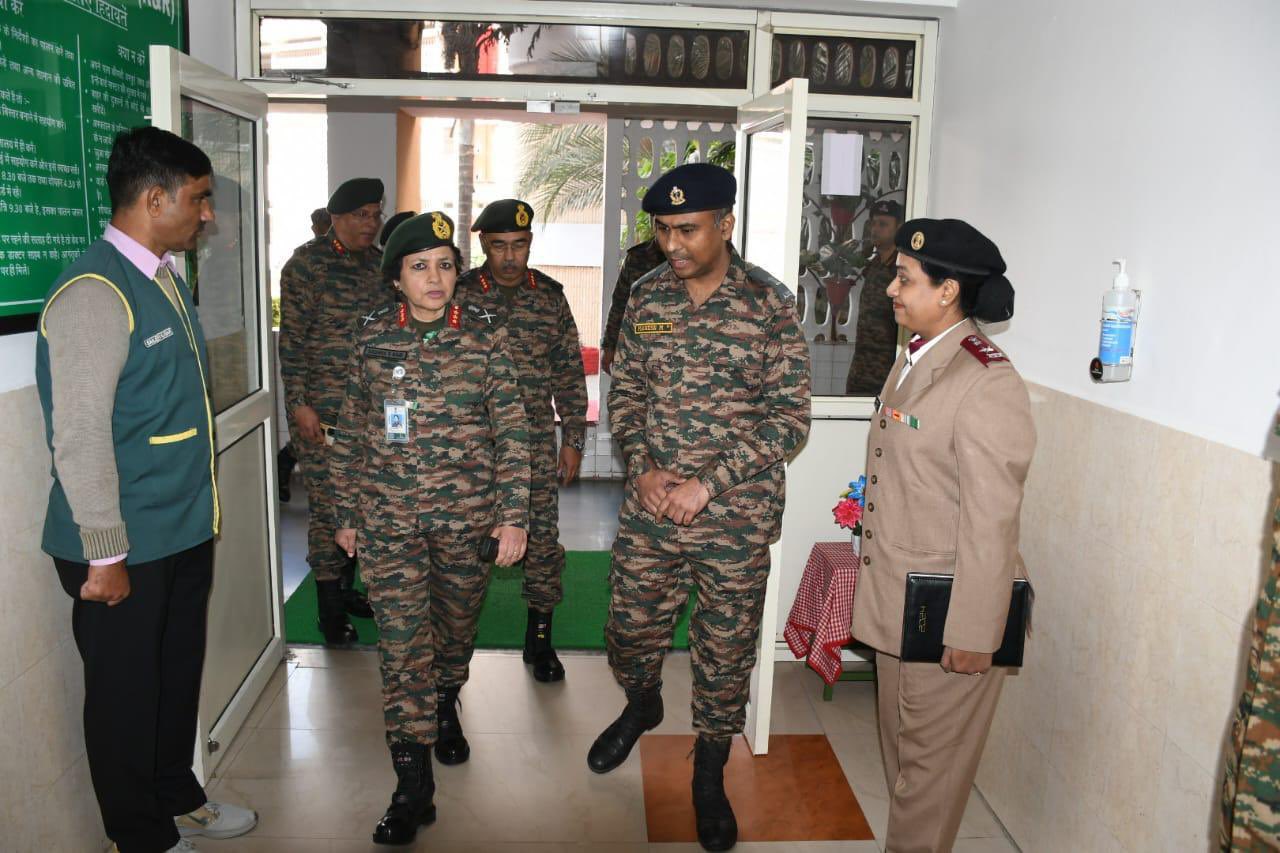New Painting in Army Chief’s Lounge Replaces Iconic 1971 Surrender Artwork, Sparking Veteran Backlash
A newly unveiled painting in the Army Chief’s lounge has sparked controversy among veteran military officials, leading to a range…
ThyssenKrupp Plans $5 Billion Submarine Deal to Make India a Global Naval Hub
In a significant move towards enhancing its naval capabilities, the Indian Navy is in the running for a Euro 5…
INS Nirdeshak, India’s Latest Survey Ship with Over 80% Indigenous Content, to be Commissioned on December 18
The Indian Navy is set to enhance its maritime capabilities with the commissioning of its latest survey ship, INS Nirdeshak,…
Indian Navy Submarine Incidents Raise Concerns Amid Aging Fleet and Rising Chinese Naval Power
In recent years, the Indian Navy has faced several incidents involving its submarines, raising concerns about the safety and operational…
India’s Indigenous Light Tank Achieves Successful High-Altitude Trials at 4,200 Metres
In a landmark development for India's defense preparedness, the indigenous Indian Light Tank (ILT) has successfully completed its trials, demonstrating…
Lt General Sadhna S Nair Commends Army Hospital Research and Referral for Exceptional Patient Care
Lt Gen Sadhna S Nair, Director General Medical Services (Army) and Senior Colonel Commandant of the Army Medical Corps, visited…

